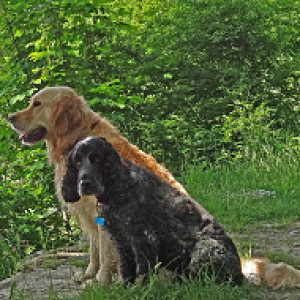blaeberry jewels
This morning I went onto the moor to see if i could detect any sign of the broken egg, but all traces had vanished, not even a sliver of shell remaining. What I did notice though was that in the intervening days the whole area had become awash with blaeberry bushes in full bloom. As i walked amongst them the flowers looked like red jewels glistening against the green foliage but when I got really close, the flowers became dancers with full skirts pirouetting joyfully in the sunshine. I sincerely hope the bees get busy, if indeed they require pollination, as the ripe fruits are wonderful and juicy.
I am adding this as a postscript as it seems that blaeberries are new to some of you. In Scotland, blaeberry occurs throughout the country, but it is most abundant in the Highlands, particularly in the north and west. It occurs in both moorland and woodland, and grows at elevations from sea level up to 1,250 metres, although it is very stunted in growth at over 1,000 metres. It typically grows on areas of better-drained, acid soils, and does best in shady conditions, underneath the canopy of trees. It as an important part of the flora particularly in the Caledonian Forest where it can form extensive patches. It is also a common plant on the hummocks (raised mats of vegetation growing over old tree stumps or rocks) which are a characteristic feature of the forest floor. On moors and heaths, blaeberry typically occurs under heather , and in some cases can be an indicator of the former presence of woodland there. It is an important food source for a wide range of wildlife - and that includes me! The bushy shrubs are probably just over a foot high and when the fruits ripen they are a deep blue/purple . The fruits are tiny, almost the same size as peppercorns but are delicious.
- 5
- 1
- Sony DSC-HX20V
- f/3.2
- 5mm
- 100

Comments
Sign in or get an account to comment.


